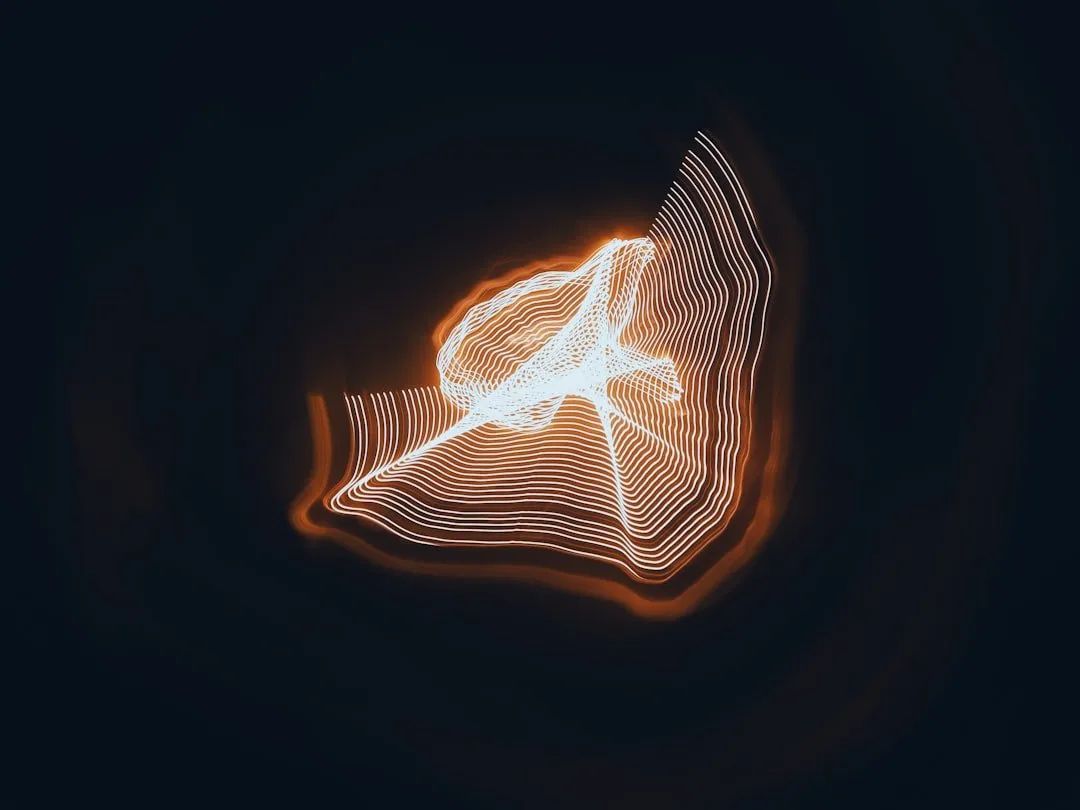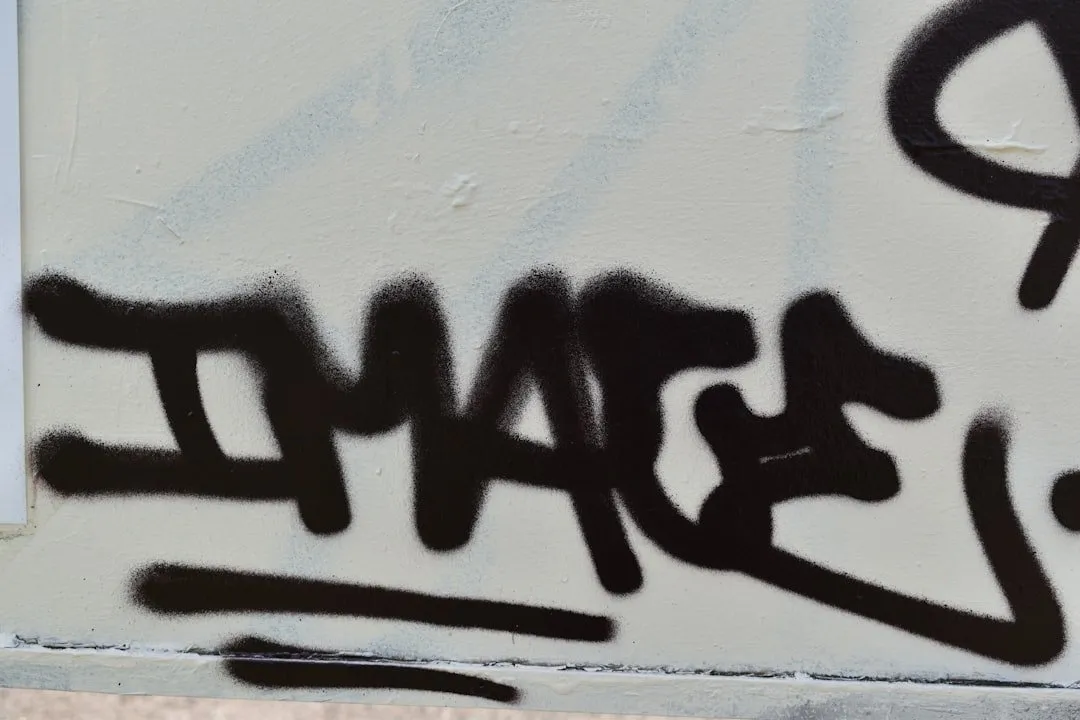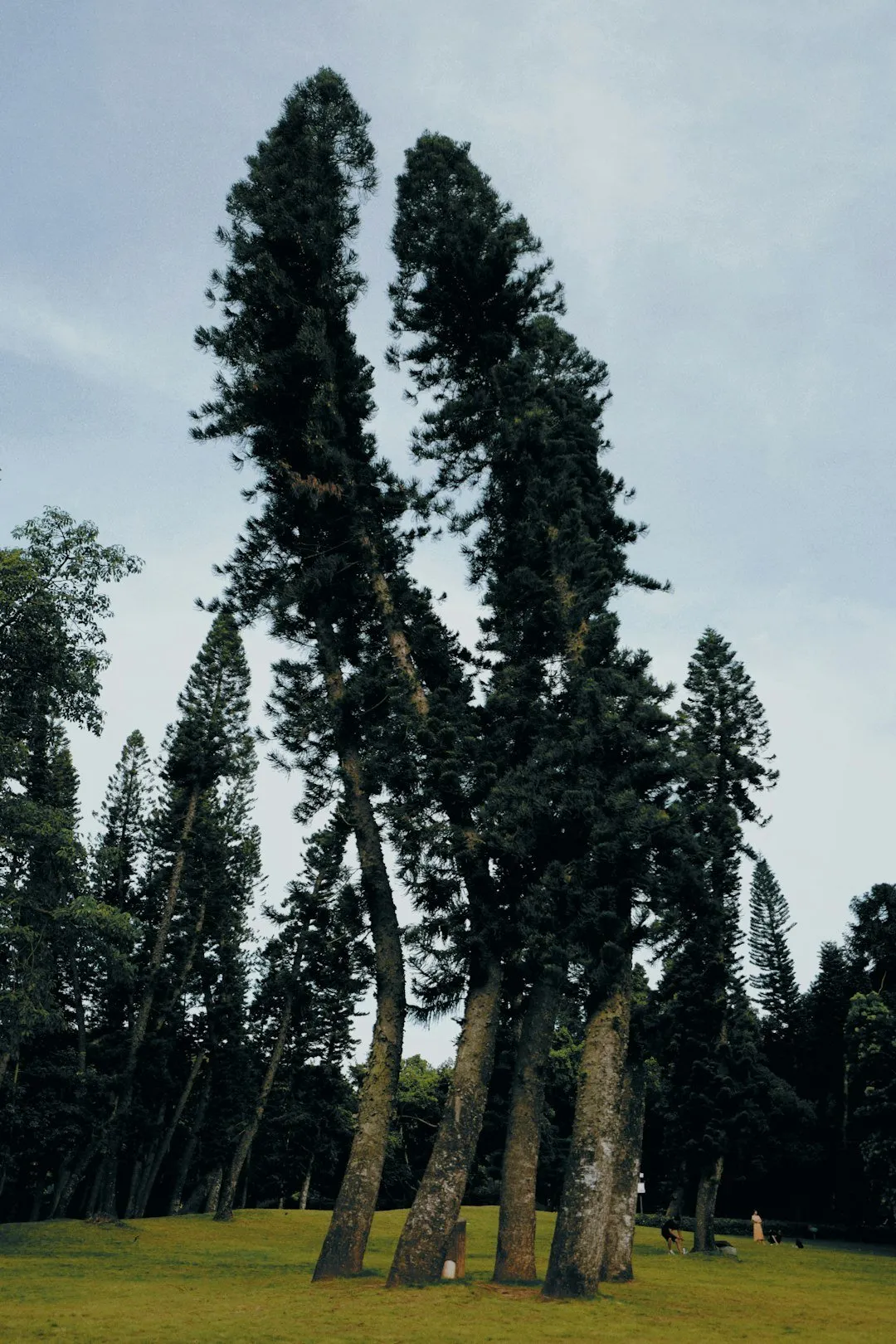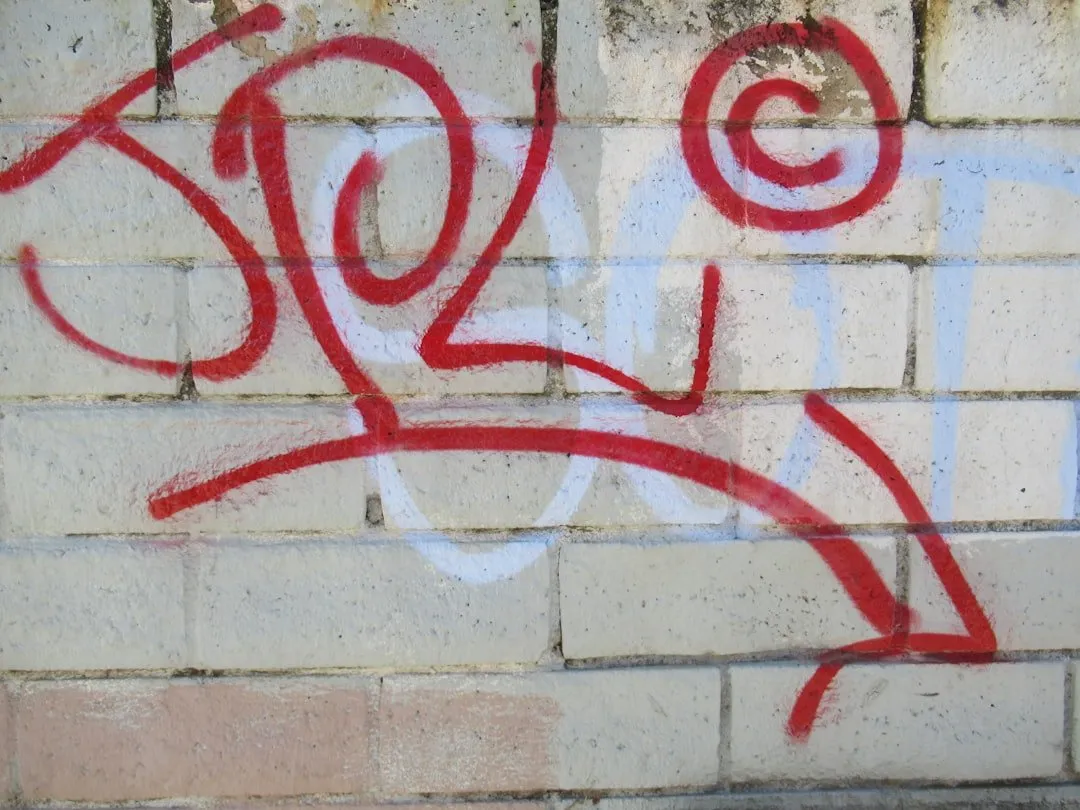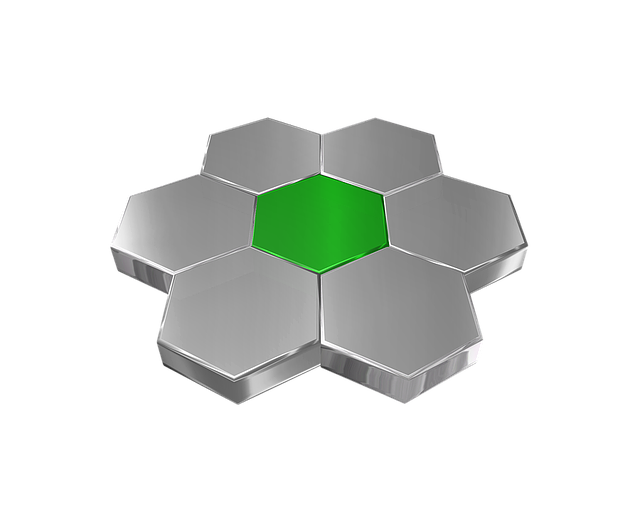Kratom, derived from Mitragyna speciosa, is a natural alternative gaining traction as a treatment for depression due to its interaction with opioid receptors and neurotransmitters. Specific strains like Maeng Da and Red Bali are recommended for their uplifting effects and stress relief, while rare Blue Lotus offers a gentle mood boost. Proper understanding of strain and dosage, along with consulting healthcare professionals, is crucial for effective depression management using kratom.
Uncover the potential of kratom as a natural ally in boosting performance and managing depression. This powerful herb has gained attention for its unique effects on mood and energy, offering a promising alternative for those seeking relief from low mood and fatigue. In this article, we explore the science behind kratom’s impact on depression, guide you through selecting the best kratom strains for optimal results, and provide insights to enhance your overall well-being. Discover how nature’s gift can revolutionize your approach to mental health and productivity with our comprehensive guide on the best kratom for depression.
- Understanding Kratom and its Effects on Mood and Energy
- The Role of Kratom in Managing Depression: Scientific Insights
- Selecting the Best Kratom Strains for Optimal Depression Relief
Understanding Kratom and its Effects on Mood and Energy

Kratom, derived from the tropical plant Mitragyna speciosa, has gained significant attention for its potential to enhance performance and well-being. This natural substance is known for its unique effects on mood and energy levels, making it a topic of interest for those seeking alternatives to manage stress and improve productivity. The active compounds in kratom interact with the body’s opioid receptors, modulating pain perception and releasing certain neurotransmitters that influence mood and energy.
For individuals dealing with depression or low energy, specific strains of kratom are often recommended as a best kratom for depression treatment option. Strains like Maeng Da and Thai Kratom are praised for their uplifting effects, offering a natural boost in energy and an improved outlook without the jittery side effects sometimes associated with synthetic alternatives. Understanding the right strain and dosage is key to harnessing kratom’s potential for enhancing mood and productivity while providing a sense of calm and focus.
The Role of Kratom in Managing Depression: Scientific Insights

Kratom, a natural herb derived from the plant Mitragyna speciosa, has gained attention for its potential to manage various health conditions, including depression. Scientific studies have explored its effects on mood and mental well-being, offering insights into its role as a complementary therapy. Research suggests that specific compounds in kratom interact with the brain’s neurotransmitter systems, particularly those involved in regulating mood, such as serotonin and dopamine. This interaction may contribute to its antidepressant effects, providing an alternative or adjunctive treatment option for individuals seeking relief from depression symptoms.
The best kratom for depression is often considered to be strains rich in mitragynine and 7-hydroxymitragynine (7-HMG), known for their potent mood-lifters. These compounds have been studied for their ability to reduce symptoms of anxiety and low mood, offering a natural approach to managing mental health. However, it’s important to note that while kratom shows promise, further research is needed to fully understand its mechanism of action and optimal use in depression treatment. As with any supplement, consulting healthcare professionals before incorporating kratom into a depression management plan is essential for ensuring safety and effectiveness.
Selecting the Best Kratom Strains for Optimal Depression Relief

When it comes to selecting the best kratom for depression relief, understanding the unique properties of each strain is key. Different kratom varieties, or strains, have varying levels of mitragynine and 7-hydroxymitragynine (7-HMG), the active compounds known for their mood-lift effects. Among the most promising are Maeng Da, Red Bali, and Blue Lotus. Maeng Da is renowned for its potent pain-relieving and uplifting properties due to higher mitragynine content. Red Bali, with its calming yet energizing effect, is ideal for managing stress and anxiety associated with depression. Blue Lotus, a rare and legal alternative, offers a gentle yet effective boost in mood without causing jitters or drowsiness often linked to traditional kratom use.
For optimal results, consider personal tolerance and preferences. Some people might find they respond better to strains with higher mitragynine content for quicker relief, while others may prefer the more subtle but sustained effects of lower-dose options. It’s essential to start with a low dose and gradually increase until you achieve the desired effect, ensuring you choose a reputable supplier to guarantee purity and quality of the best kratom for depression management.
Kratom has shown promise as a natural alternative for managing depression, with certain strains offering significant relief. By understanding its effects on mood and energy, and selecting the right strain, individuals can experience an enhanced performance and improved overall well-being. However, further scientific research is needed to fully explore kratom’s potential in treating depressive disorders. In the meantime, exploring this herb as a complementary therapy for depression could be a worthwhile endeavor, with the best kratom for depression being a personalized choice based on individual needs and responses.


